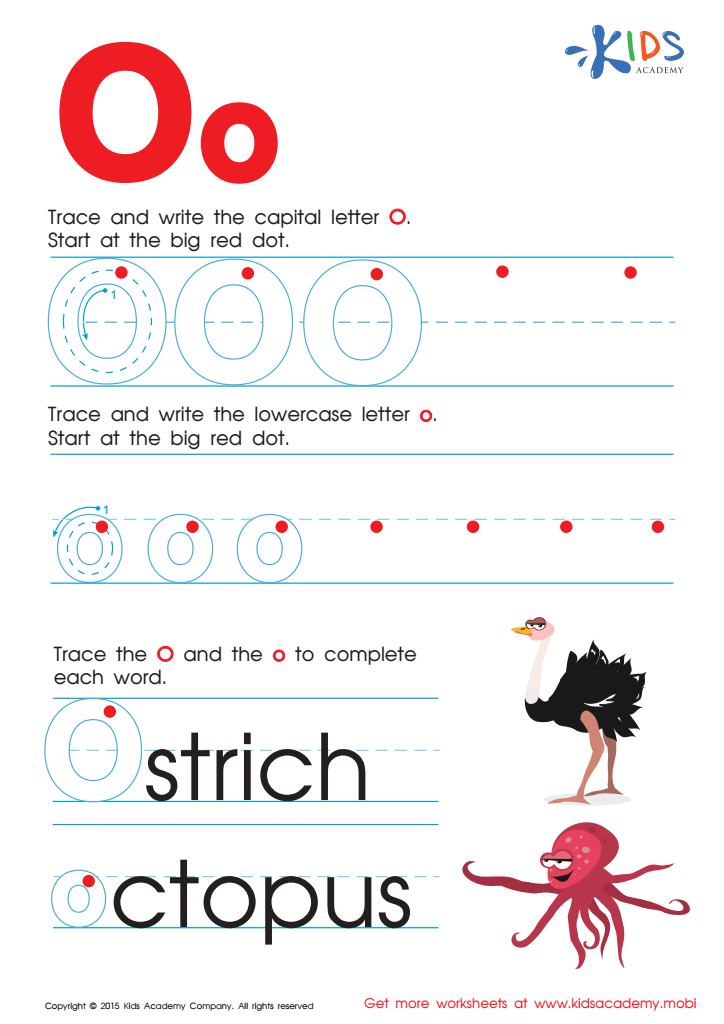Hand-eye Coordination Normal Tracing Letters Worksheets for Ages 5-9
4 filtered results
-
From - To
Enhance your child's hand-eye coordination with our engaging Normal Tracing Letters Worksheets, designed specifically for ages 5-9. These thoughtfully crafted worksheets combine fun and learning, guiding young learners through the alphabet by tracing letters. As children develop their motor skills and precision in writing, they also build confidence in their academic abilities. Each worksheet focuses on fostering coordination and control, making the learning process enjoyable and effective. Perfect for classroom or at-home practice, our tracing worksheets support educational growth while keeping kids engaged. Unlock your child’s potential by enhancing their hand-eye coordination today!


Letter O Tracing Page


Letter P Tracing Page


Letter H Tracing Page


Letter D Tracing Page
Hand-eye coordination is a crucial developmental skill for children ages 5-9, directly impacting their ability to trace letters—an essential step in learning to write. This skill involves the synchronization of visual input and physical movement, enabling children to translate what they see onto paper. Strong hand-eye coordination assists in fostering muscle memory, precision, and control, all vital for effective handwriting.
Parents and teachers should care about this because tracing letters is foundational for literacy. As children learn to form letters correctly, they build confidence in their writing abilities, which in turn affects their overall academic performance. Good handwriting can influence how they express their thoughts, affecting grades and self-esteem.
Moreover, enhancing hand-eye coordination through tracing helps with other fine motor skills needed for tasks beyond writing, such as using scissors or typing. Learning to navigate visuals and integrate physical response prepares children for a wide range of future activities.
Ultimately, promoting hand-eye coordination through tracing letters not only supports their immediate literacy development but establishes a platform for broader educational and life skills. Encouraging such activities contributes to well-rounded growth, ensuring that children are equipped for increasingly complex tasks as they advance in their education.
 Assign to My Students
Assign to My Students
















